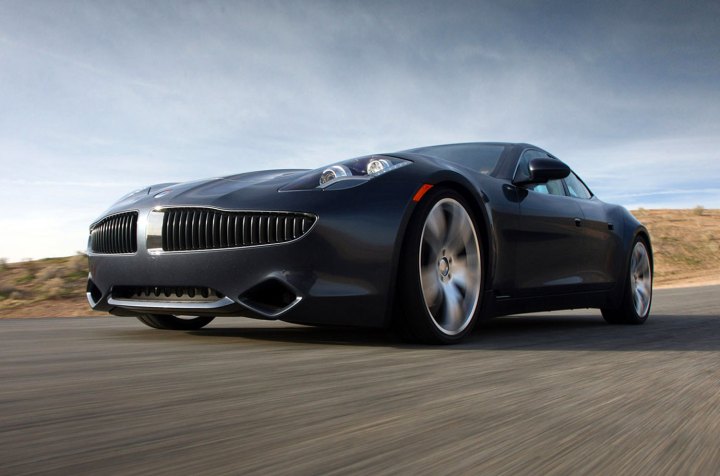
The complicated tale of Fisker Automotive continues.
The story of the bankrupt automotive startup sometimes resembles a soap opera more than anything else. In late November, Fisker was bought by Hong Kong-based Hybrid Technology Holdings, which agreed to pay $25 million toward the carmaker’s outstanding Department of Energy loan debt.
Now, Chinese automotive supplier Wanxiang is making an offer of its own. And Fisker isn’t happy.
Wanxiang is China’s largest maker of car parts, and it owns A123 Systems (now cleverly called B456), which made the batteries for the Fisker Karma extended-range electric sedan. The company put in a last-minute bid of $24.75 million, according to Reuters.
According to AutoBlog Green, Wanxiang has proposed restarting production of the Karma, finally getting the smaller Atlantic onto assembly lines, and even adding a third variant, an Atlantic hatchback.
Court documents also mention moving Karma production from Valmet’s facility in Finland to VL Automotive’s Michigan plant.
VL is the startup backed by former General Motors car czar Bob Lutz that plans to build a Corvette V8-powered Karma hot rod called the Destino. VL and Wanxiang collaborated on an attempt to buy Fisker, but ultimately lost out to Hybrid Technology Holdings.
The winning bidder hasn’t discussed any plans for Fisker, preferring to keep everything under wraps.
Fisker is urging U.S. Bankruptcy Court Judge Kevin Gross to deny Wanxiang’s bid. The company claims that – as master of A123 Systems – Wanxiang cut off its supply of batteries, saying the Chinese concern “seeks to profit from a bankruptcy it helped cause.”
A hearing to determine whether Fisker would go to Hybrid Technology Holdings or Wanxiang was scheduled for today, but it’s been postponed due to the heavy snow that’s blanketed much of the Northeast.
Fisker declared bankruptcy after an 18-month production shutdown triggered by the bankruptcy of A123. Two high-profile recalls and other financial issues kept the carmaker from getting back on its feet.
Eventually, co-founder Henrik Fisker left the company, which subsequently laid off most of its employees in anticipation of reorganization. The DOE began seeking a buyer for Fisker’s outstanding $168 million low-interest loan debt late last year.


